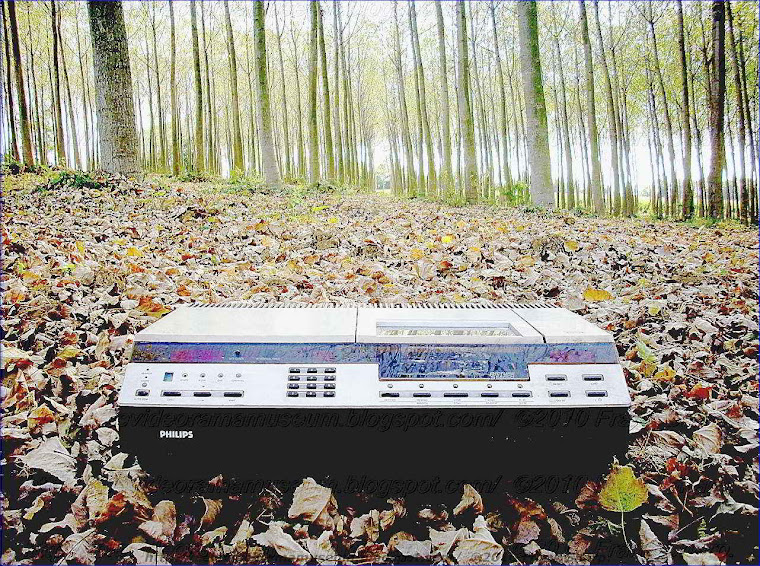PAL and NTSC VHS video tapes Tape speed:
PAL
SP: 23,39 mm/sec
LP: 11,7 mm/sec
NTSC
SP: 33.35 mm/sec (1 3/8 inches/s)
LP: 16.67 mm/sec (11/16 inches/s)
EP: 11.11 mm/sec (7/16 inches/s)
Tape formats
| PAL/SECAM times | NTSC times
name length/metres | SP LP | SP LP EP
======================================================
E-30 45 m 30 min 60 min 22 min 44 min 66 min
E-60 88 m 60 min 120 min 44 min 88 min 132 min
E-90 130 m 90 min 180 min 65 min 130 min 195 min
E-120 173 m 120 min 240 min 86 min 172 min 258 min
E-180 258 m 180 min 360 min 129 min 258 min 387 min
E-240 346 m 240 min 480 min 173 min 346 min 519 min
E-300 432 m 300 min 600 min 216 min 432 min 648 min
T-20 44 m 28 min 56 min 20 min 40 min 60 min
T-30 64 m 42 min 84 min 30 min 60 min 90 min
T-45 94 m 63 min 126 min 45 min 90 min 135 min
T-60 125 m 84 min 168 min 60 min 120 min 180 min
T-90 185 m 126 min 252 min 90 min 180 min 270 min
T-120 246 m 169 min 338 min 120 min 240 min 360 min
T-160 326 m 225 min 450 min 160 min 320 min 480 min
T-200 407 m 281 min 562 min 200 min 400 min 600 min
Aiwa was a Japanese consumer electronics company, founded in 1951. It produced audio and video equipment in the 1970s and 1980s.
History
The Aiwa Corporation slid towards bankruptcy until it was purchased by competitor Sony Corporation. As of October 1, 2002, Aiwa ceased to be a separate company and became a wholly owned division of Sony Corporation. The company retained a logo from the mid 1990s which was used for a very short time.Sony's reasoning for acquiring the company is unclear, other than that it was already a shareholder in Aiwa Corporation. However, Aiwa has been eligible for a tax refund in Japan for FY2002. This offset the dropping figures in Sony's financial report for FY 2002/2003. In January 2003 Sony announced the rebranding and relaunch of Aiwa as a "youth focused, PC-Centric" electronics brand. A new logo was presented to the world's media along with a statement of Sony's intention to invest in and "revitalize" the Aiwa brand.
The direction proposed was to capitalize on the growing trend among PC-literate teenagers and young adults to use their PCs for all forms of entertainment (TV, films, music, chat), an area in which Sony itself was struggling primarily due to the heavy copyright protections it imposed upon its products..
Since 2004, however, Sony has seemingly been rolling back its support for the Aiwa brand and in 2005 Aiwa products remain on sale in only selected territories around the globe. In 2006, Aiwa products were discontinued and no longer sold in the market.
As of August 2010, the Aiwa website still exists for some territories/regions, but it contains some broken links and blank pages. In other regions, such as Europe, it redirects to a page on the Sony site stating that the Aiwa website has closed down. The last apparent update to the website was in June 2008.







